With over 800 years of history, Riga, the capital of Latvia, offers much to be discovered. While the UNESCO-listed historic centre is a joy and a must-see, other lesser-known neighbourhoods also highlight this northern city’s stories. Local expert Lelde Beņķe-Lungeviča shares the best ways and places to connect with the true spirit of Riga.
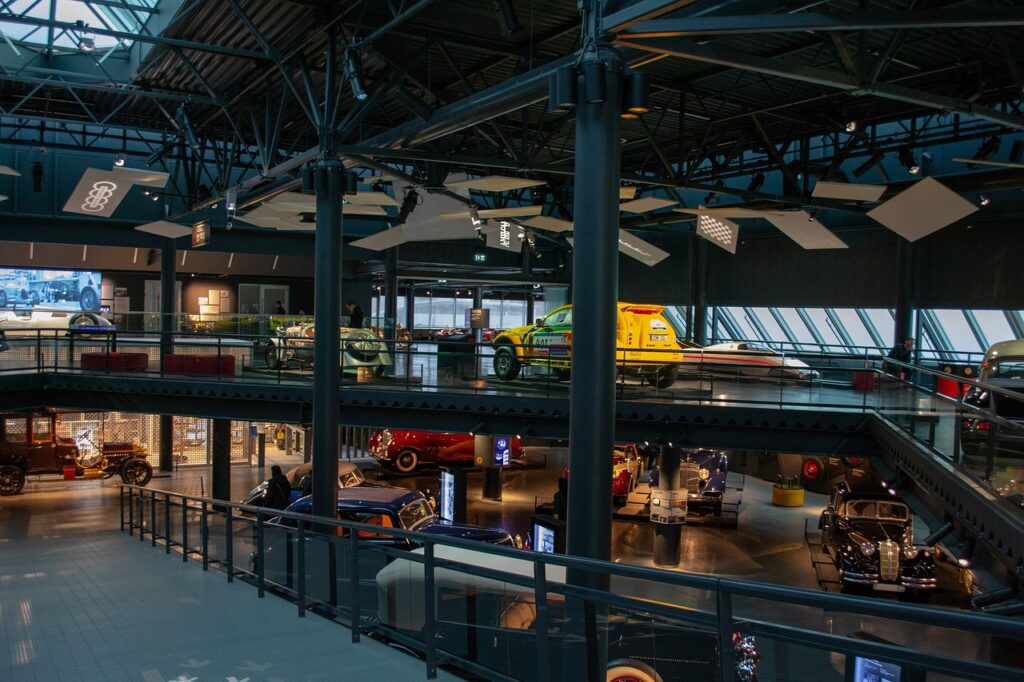
Upon Arrival
After a visitor arrives in my city, I always recommend going straight to Riga Central Market because it’s the perfect place to refuel after travelling and get a sense of local life.
The best time to be here is late April and May. That’s when spring arrives after the long, dark, and chilly winter, bringing new energy, the return of bar and restaurant terraces, and natural vitamins in the form of birch and maple sap, rhubarb, and plants like the nutrient-rich nettle.
I tell first-time travellers to eat a lot because Latvians never like to leave their guests hungry, and it’s common for foreign visitors to comment on the quality of the local produce. I also tell them to avoid drinking Riga Black Balsam straight as a shot as some might dare them to. This legendary herbal concoction is best enjoyed as part of a hot drink or cocktail. Steaming blackcurrant juice with a dash of this ‘elixir’ is an excellent winter warmer.
People here know better than to stay inside in winter, hiding from the cold. Instead, they would rather head outside for cross-country or downhill skiing, ice skating, or winter swimming for the best adrenaline rush.
The best museum to start your journey and get a good sense of this city is the Latvian National Museum of Art because it gives excellent insight into the national spirit and how it has developed and survived through challenging times. It also has a terrace with a gorgeous view of the surrounding park and rooftops.
Parents should take their kids to Riga Motor Museum. It has a collection of more than 100 antique vehicles and several interactive exhibits, providing many opportunities to learn, have fun, and capture nice photos.
Food from the Heart
Among the foods my city is most proud of, the Kārums brand chocolate-covered cottage cheese snack is an absolute must. Every supermarket and many convenience stores stock them. Though they come in many flavours, vanilla is a classic and a popular favourite. It’s a bit like ice cream but not frozen, and denser in consistency.
When we get together to celebrate friendship, professional wins, or anniversaries, cider is what many people drink these days. The last few years have seen many new makers emerge. They often mix the crisp Northern apples with berries, ginger, and herbs to create original contemporary blends. I like to gather my friends and go to Sidrērija cider bar for a round.
When I eat completely local, I go to a canteen or cafeteria for lunch, like Café 22, or Mr. Bobs. You can find them in or near office buildings throughout town. I know the food here is predictable, reliable, and affordable. Typically, you might order a meat or fish dish of the day with a side of potatoes, buckwheat or rice, and salad. Portions tend to be big, but if you’re particularly hungry you can add a soup, or a dessert like creamy oats or coffee pudding.
Two special restaurants to go to are 3 Chefs’ Restaurant and Garage. Many of their dishes showcase contemporary Latvian cuisine, which makes the most of seasonal produce like catfish, venison, pumpkin, and sorrel.
Locals tend to enjoy traditional food at their grandparents’ houses, or during the annual Home Café Days when anyone can try their hand at running a restaurant for the day.
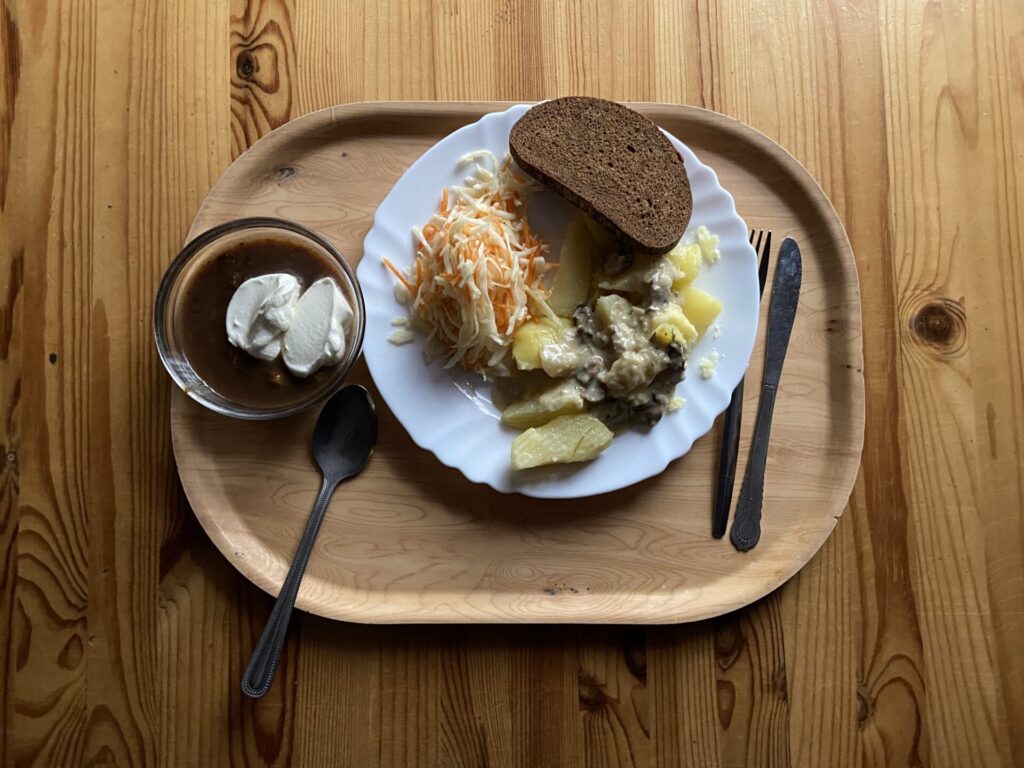
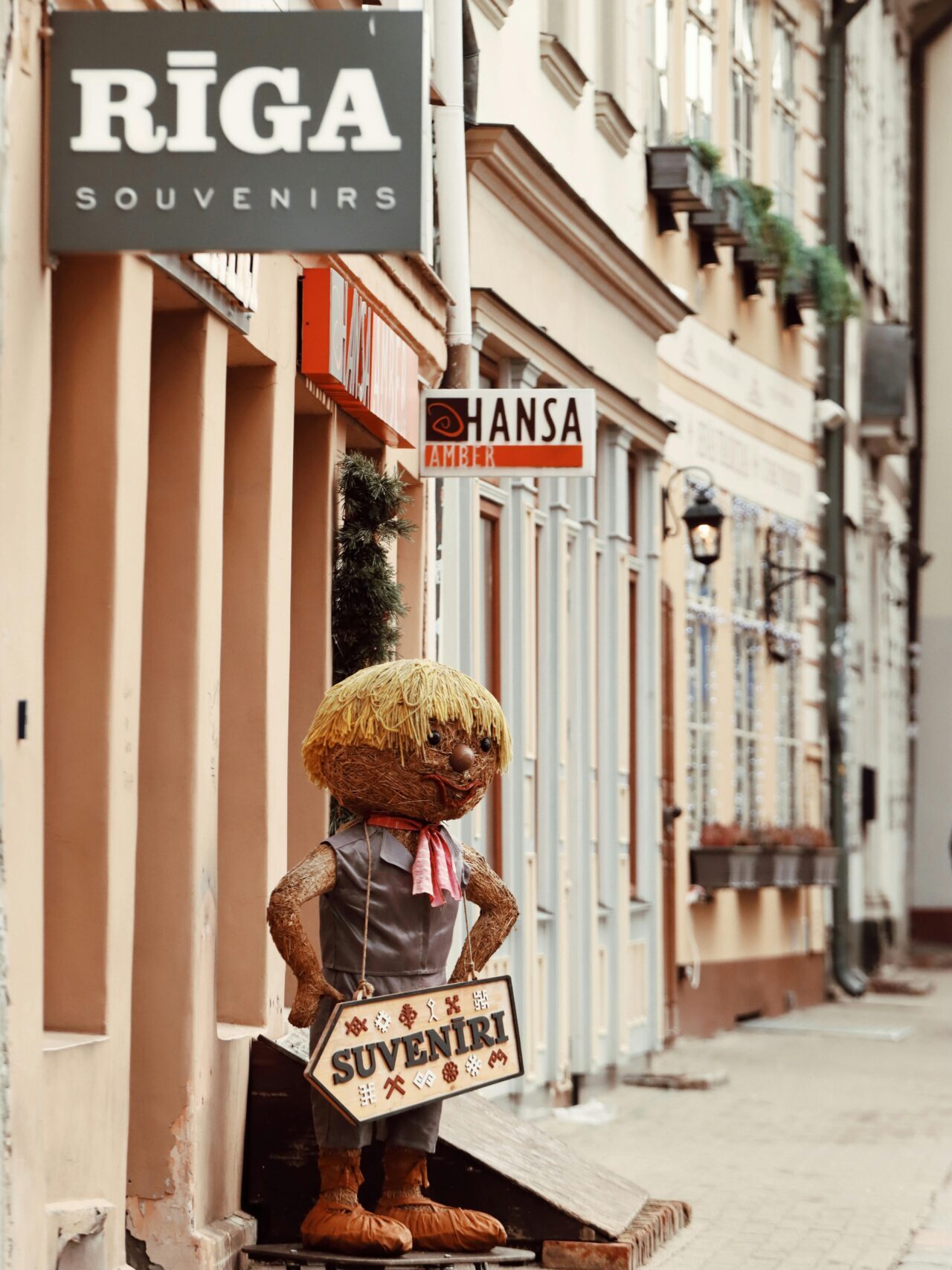
Shopping Locally
My country is known for making quality cosmetics and skincare products. While Mádara is probably the best-known brand as it has gone international, other local names to look out for include Etíde, Marence, and Silmachy. Many of their ingredients come from the natural world.
The best food market in Riga is Kalnciema Quarter Market, which takes place every Saturday, gathering local artisans from across Latvia in the courtyard of a cluster of beautiful wooden buildings. And the best market to buy everyday items like fruit, bread, and dairy is Riga Central Market.
I always take visitors to Kalnciema Quarter Market to buy real, local souvenirs. The products are not mass-produced, and the vibe is fun, encouraging conversation with the people behind the knitwear, pottery, jewellery, and other artisanal items. And we know to avoid shopping centres because they may be fine for buying shoes, clothes, and homeware from the same international brands you find everywhere, but not unique local arts and crafts.
Getting Deeper Into Riga
Most people know about the Ethnographic Open-air Museum of Latvia, which introduces visitors to the lifestyles, livelihoods and living conditions of our ancestors, but the Pauls Stradiņš Medicine History Museum should also be visited because it is under new management, which is building bridges between science and art to explain health-related phenomena. The museum also houses a fascinating historical display frozen in time.
My city is a place people are attracted to because of the arts and culture scene. Riga has a renowned opera house, and several concert venues for enjoying classical music, as well as modern-day performers. It also has many museums and galleries.
To really celebrate my city at its best, come during the summer solstice (Jāņi) in June or autumn equinox (Miķeļi) in September because they provide an opportunity to experience the local folklore, attend free traditional music and dance performances, and shop at the seasonal pop-up markets on Dome Square.
Most people think of my city as a place for a cheap city break – whatever that means – but really this is a destination to enjoy slowly and explore beyond the old town, learning about its complex history.
This is one of the best places in the world to experience the pirts or Latvian sauna tradition. Locals are proud of that because it is good for the body, mind, and soul, drawing from the powers of ancestral knowledge and nature.

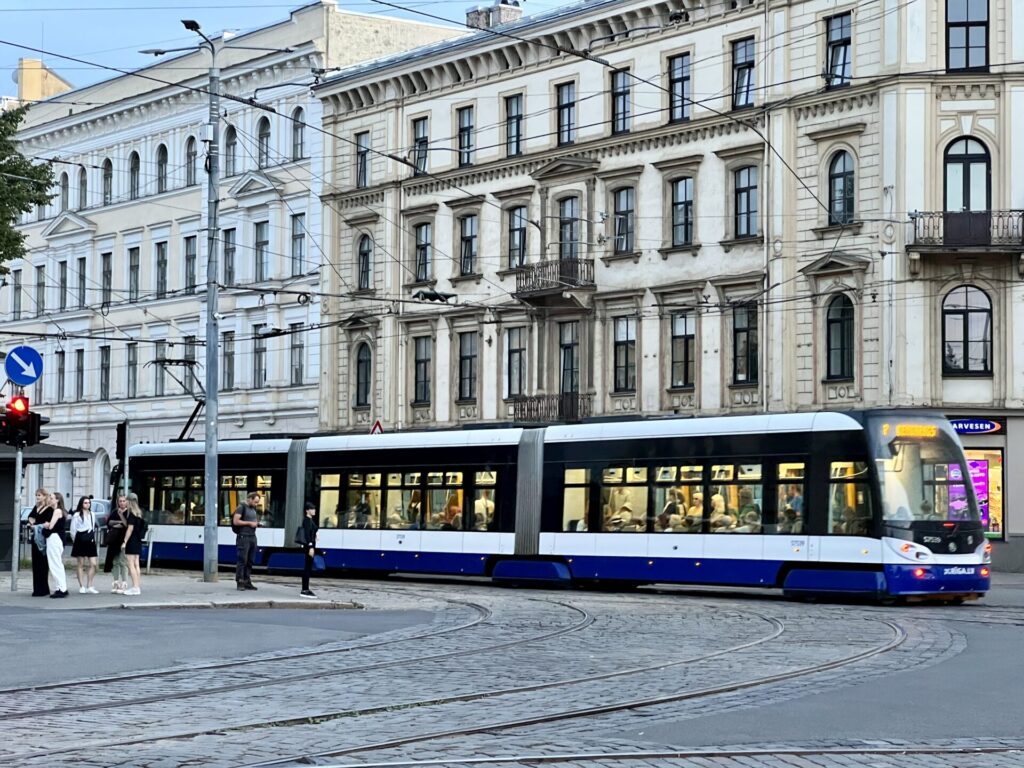
Getting Around Riga
One thing you should know about getting around my city is that nowhere takes long to get to. The morning and evening traffic jams are annoying to locals but they’re nothing like the ones you get in bigger European cities.
The best way to travel in my city to have as little impact as possible is on foot and by public transport. The city centre is compact, and the network of buses, trams, and trolleybuses will quickly get you to further points of interest.
Luckily this method of transportation also allows me to save money and appreciate the architecture and parks of Riga while I get from point A to B.
Outside The City
To get away and into the outdoors, I like to put on some rubber boots and sensible clothing, lather myself in insect repellent, grab a basket and knife, and venture into the woods to forage for wild mushrooms and berries in season. This is a truly typical Latvian pastime. Just enjoying a hike works wonders too, and you can reach many parts of the Forest Trail by bus or train.
For a day trip just beyond my city, I like to visit the hilly Zilie Kalni Nature Park, climb its impressive viewing tower and go for a swim in the Dubkalni reservoir, surrounded by towering pine trees. Take the train from Riga Central Station to Jaunogre and walk from there. The town of Ogre has numerous cafés and restaurants to refuel after a hike.
Many people will head to Jūrmala, a coastal resort town with big hotels, restaurants, and attractions, but locals know to go to Saulkrasti, which has a quieter vibe.
I really enjoy the view of my city from the top floors of the National Library of Latvia an architectural curiosity which also hosts very insightful exhibitions on the history of books, reading, and writers in Latvia.
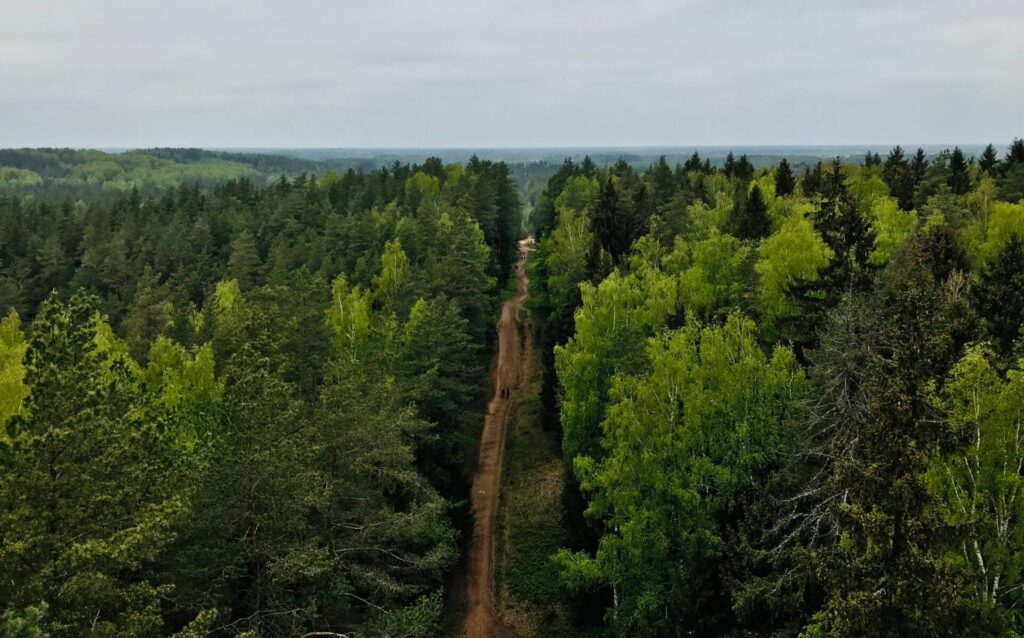

Connecting with Locals
When I want to have fun and celebrate being out in my city, I go to Āgenskalns Market where I can combine my weekly food shop with lunch or dinner in the food court, or check out one of the events they host, from flea markets to poetry readings.
To hang out with my friends and go to a real insider spot, I go to Cadets de Gascogne, a French-style bakery and patisserie opposite the beautiful Bastejkalns Park, where I enjoy fresh-pressed juices, hot chocolate, and rich buttery pastries, knowing that I’ll get good value for my money.
The best resource for finding out what’s going on around town (events) is the local barista, barman, or hotel receptionist.
When I want to enjoy my city without spending much (or any) money, I take bus 24 or cycle to Mangaļsala where the river Daugava meets the sea. You can walk along the beach and the pier. As it’s often windy, it’s particularly great for clearing the head.
Hanzas perons is my first choice for music because it hosts an excellent mix of local and international artists. And when I feel like dancing, I go to Skapis for the happy vibes, liberal atmosphere, and cheesy music nights.
Finding Solitude in Riga
When I want to go somewhere to sit and relax in my incredible city, I go to the pier in Andrejsala to gaze at the passing ships and boats and watch the sunset.
The place that makes me proudest of my city is the neighborhood of Āgenskalns, because it combines the best aspects of living in a city with a sense of small-town charm. Streets like Lapu iela and Eduarda Smiļģa iela showcase examples of the city’s historical wooden architecture.
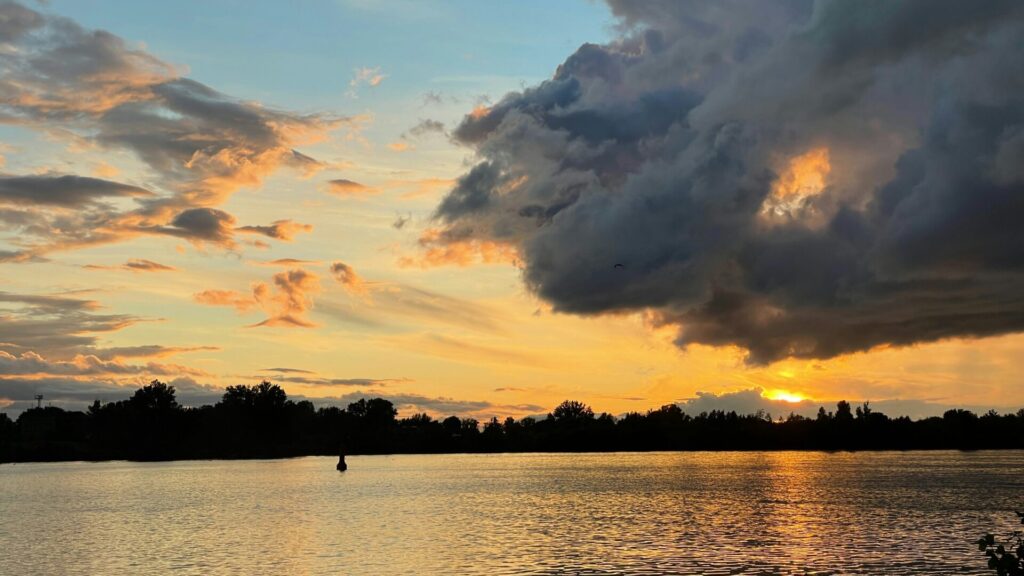
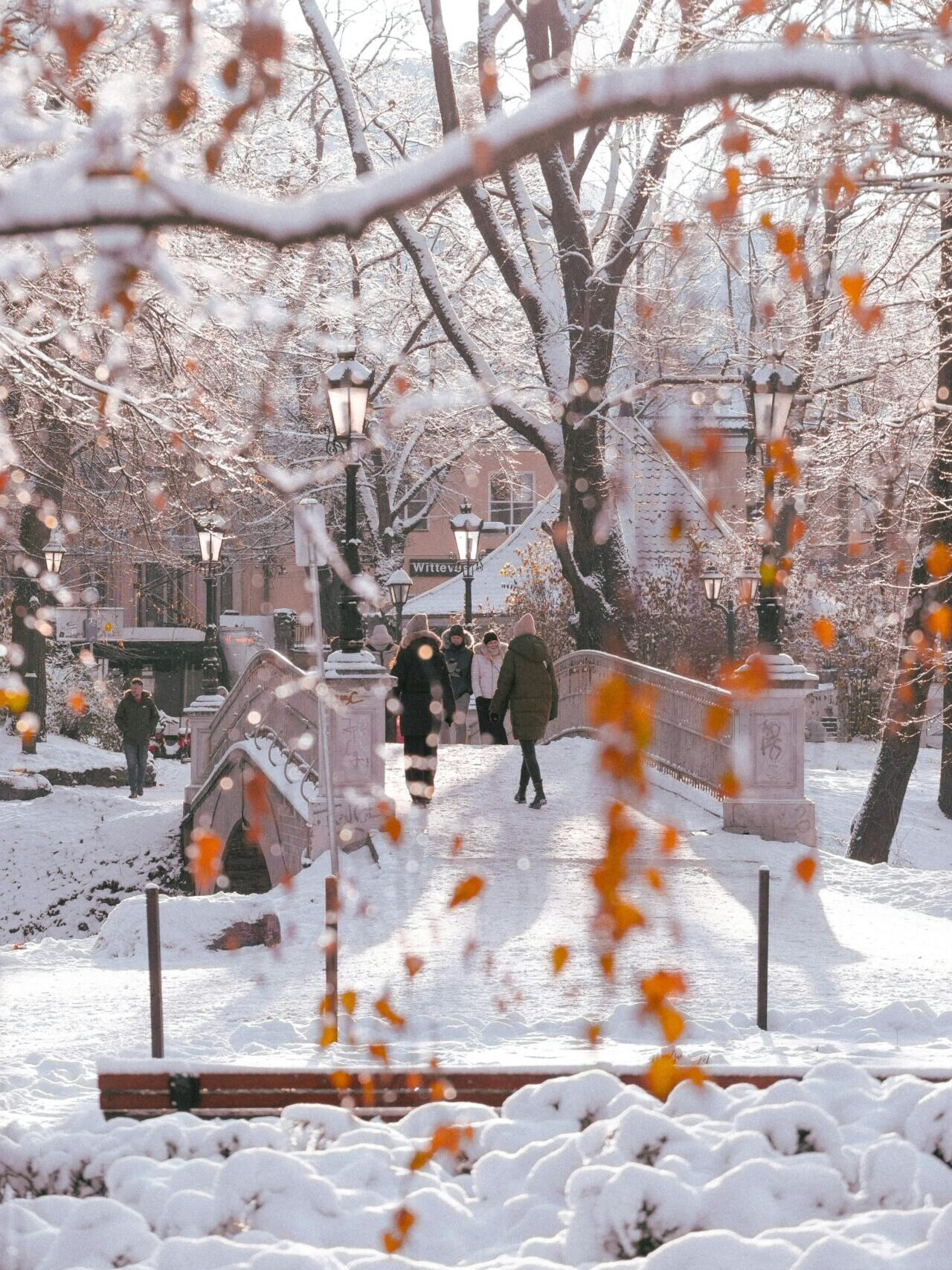
When the Seasons Change, This City Shines
Spring (March-May) is the best time to hang out with locals because everyone is so happy to see the sun again and full of energy after winter.
I always recommend visitors go for a boat ride or paddleboard tour in the river Daugava and the city canal in the summer (June-August) because that way you get to experience different sides of Riga, from the picturesque old town to the more industrial parts.
The fall (September-November) here is magical when you get to witness the leaves changing colour. It’s a glorious time to stroll through the magnificent parks of Riga with a hot drink.
Winter (December-February) is a great time to treat yourself to filling comfort food at Riga’s restaurants, music, theatre, galleries, and spa experiences.



